What is the big deal with hazardous material shipping placards, are they really necessary? To be specific, yes they absolutely are! Think of these placards as simple forms of communication. Shipping hazardous materials can pose serious risks in the event of a spill or leakage. This is why it is regulated by the Department of Transportation.
Hazardous material shipping placards identify the materials that are contained and in transport. This information is displayed within plain-site. Each freight container, bulk packaging, transport vehicle, railcar or unit load device must have a placard placed on each side and each end. The placard needs to be clearly visible from the direction that it faces. While the average person may not understand how to read these informational placards, the information is readily available.
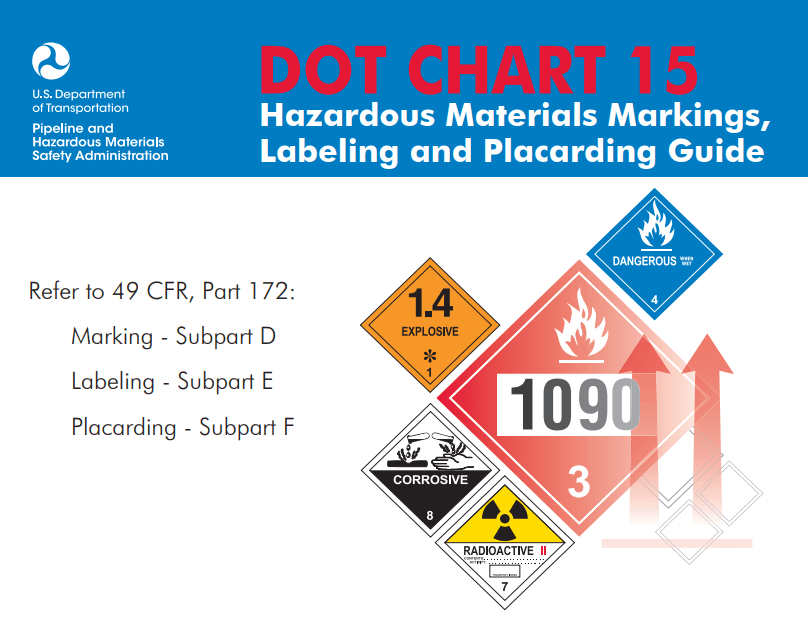
Hazardous Material Shipping Placards & First Responders
More importantly in the event of a spill or leak, first responders that will likely provide assistance are aware of what the hazardous material contents are. There is a broad range of materials that are classified as hazardous by the DOT. They can range from ink, gasses, food extracts, solvents, adhesives to more hazardous materials that can be flammable or explosive. The US Department of Transportation has a stringent permitting process to ensure that materials are properly packaged and certified, as well as the drivers trained on how to haul hazardous materials.
C.L. Smith is a trusted packaging provider in the hazardous material industry. Our packaging solutions include closure instructions, compliance certification, and peace of mind for shippers. With an on-site testing laboratory, our hazardous material packaging is turnkey and can be modified to suit the needs of our customer’s specific hazardous products. Learn more about how we can assist you in shipping your hazardous materials safely and confidently.

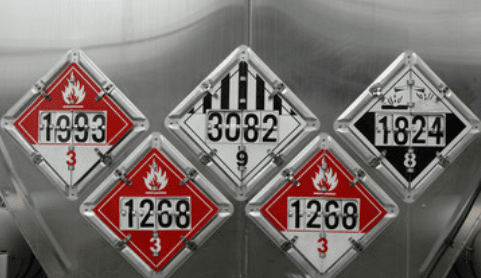

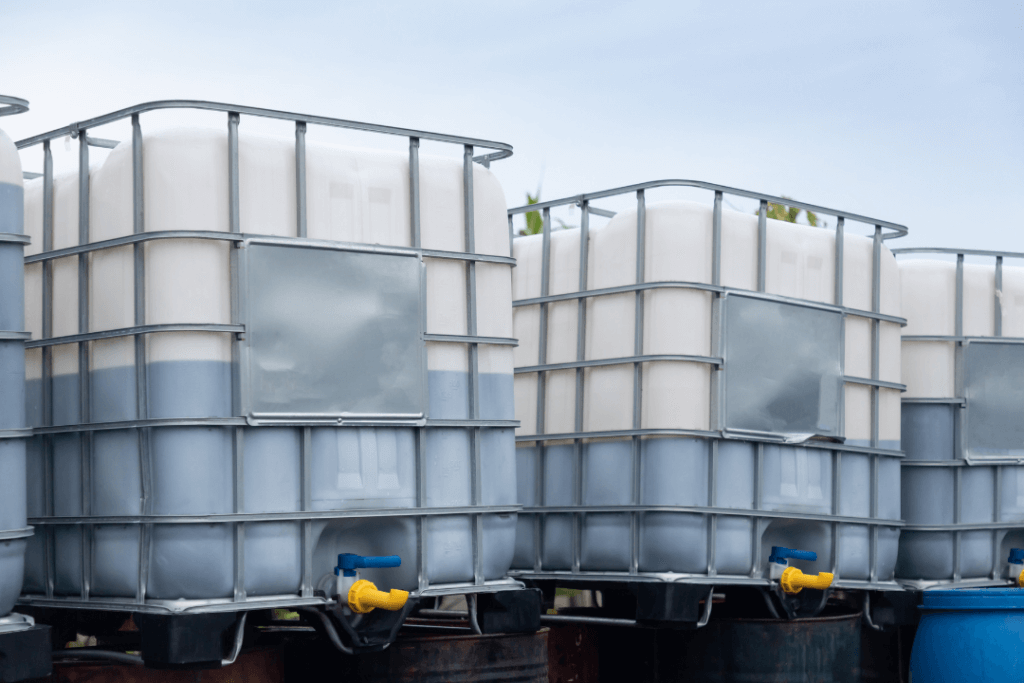
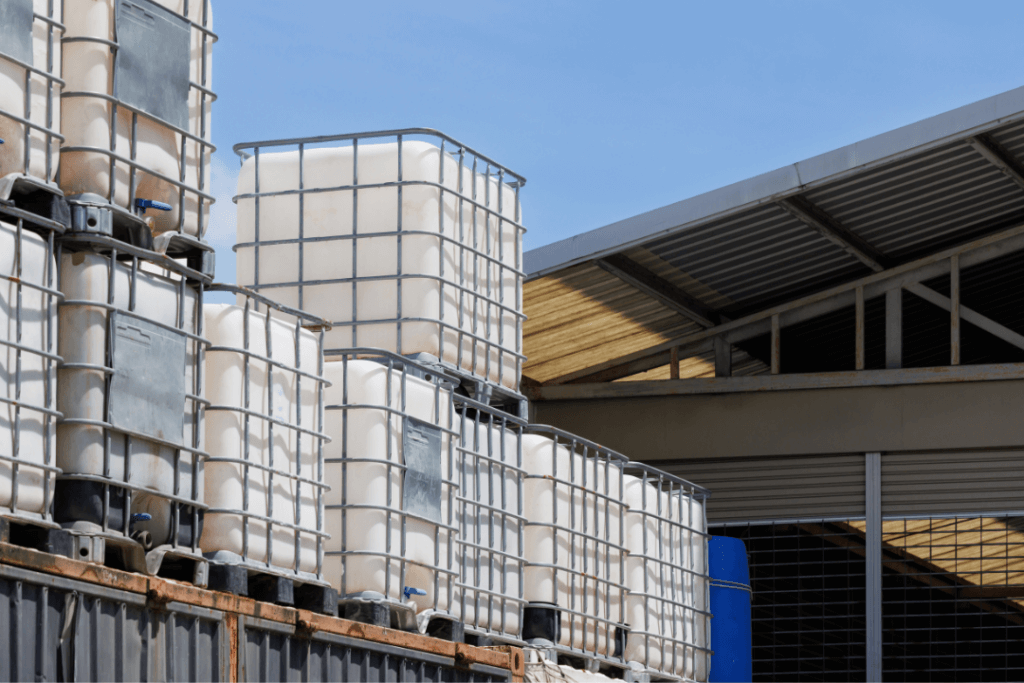
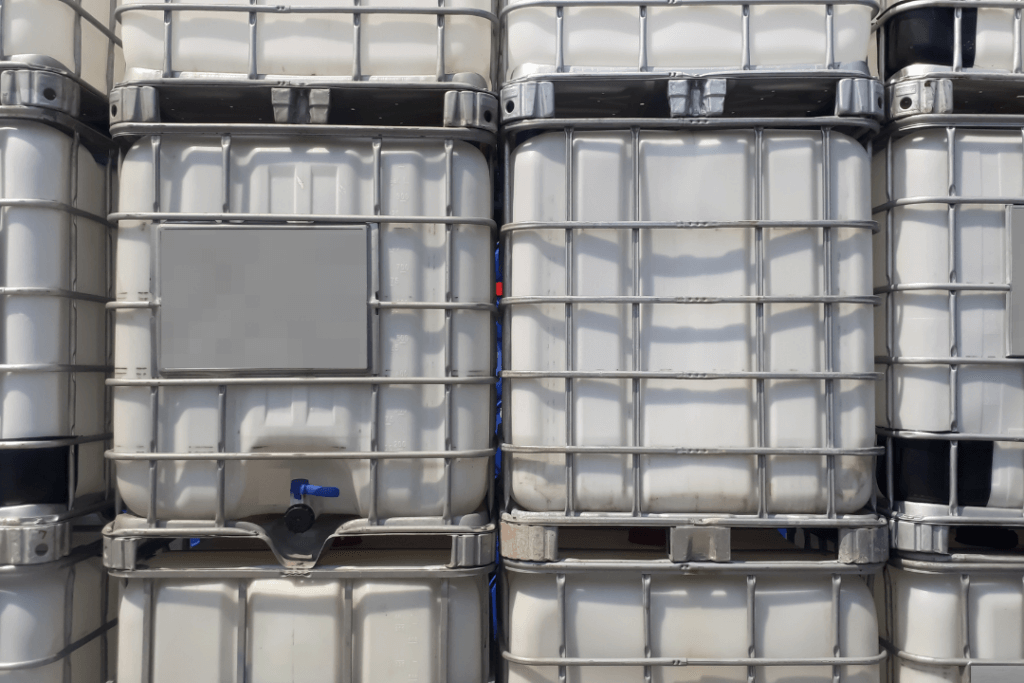

Leave a Reply
You must be logged in to post a comment.